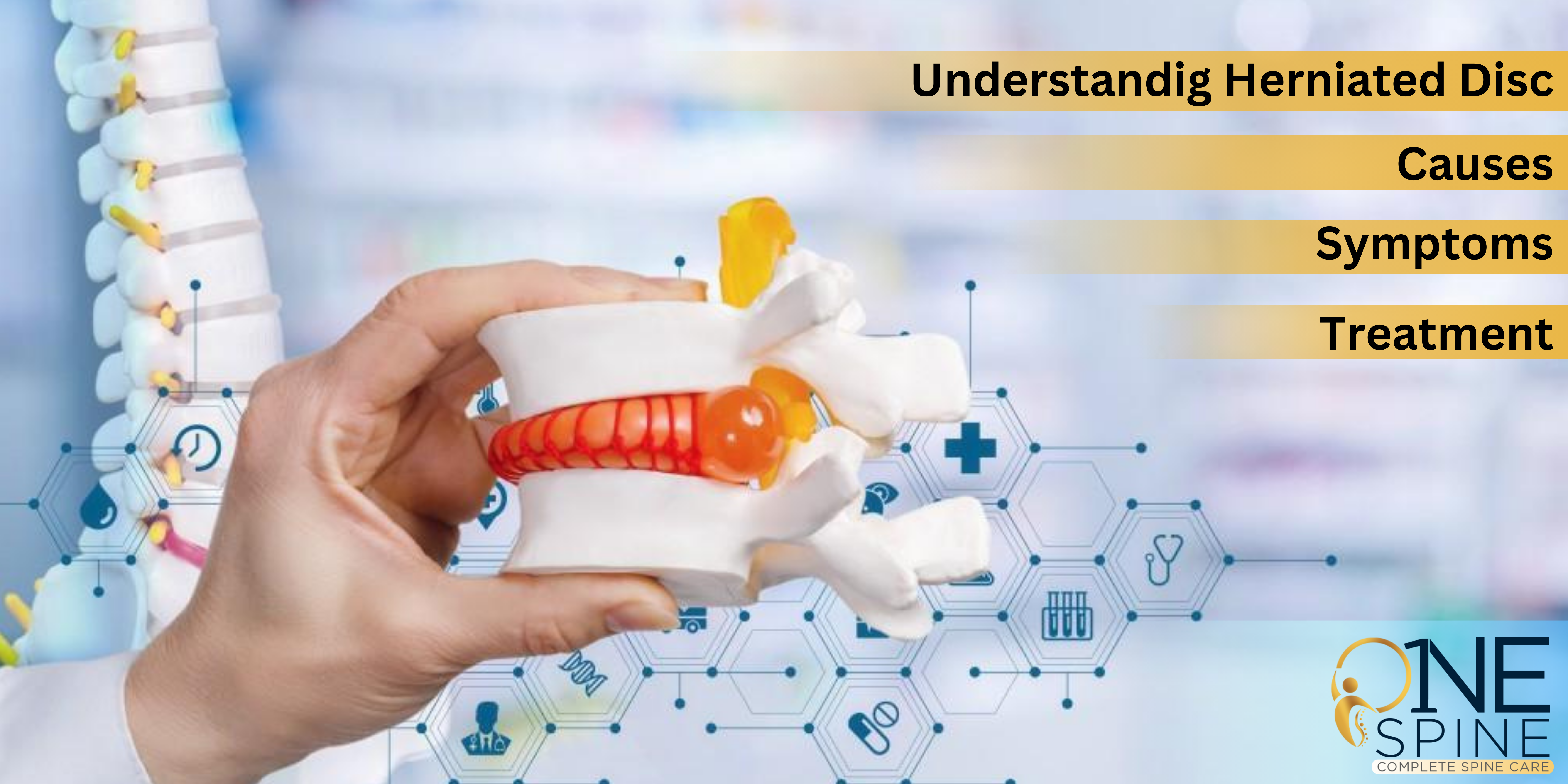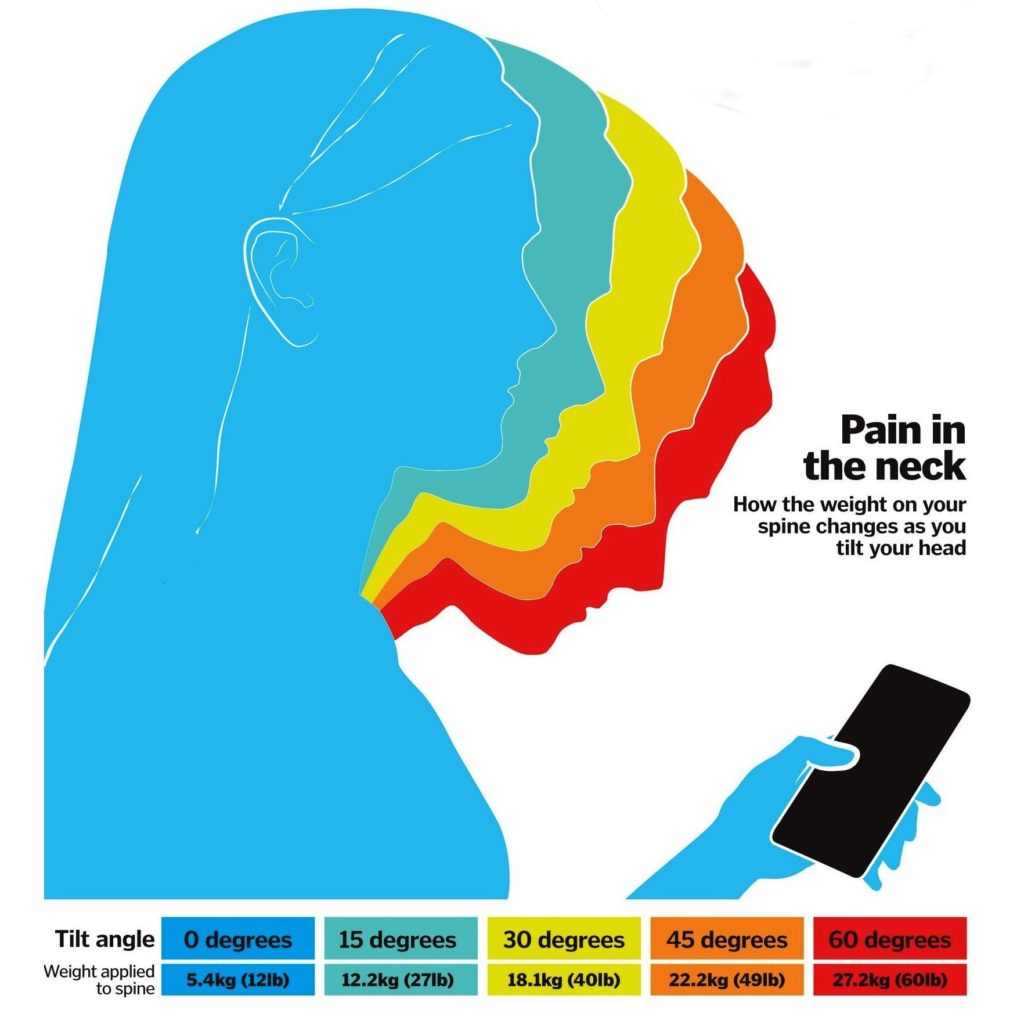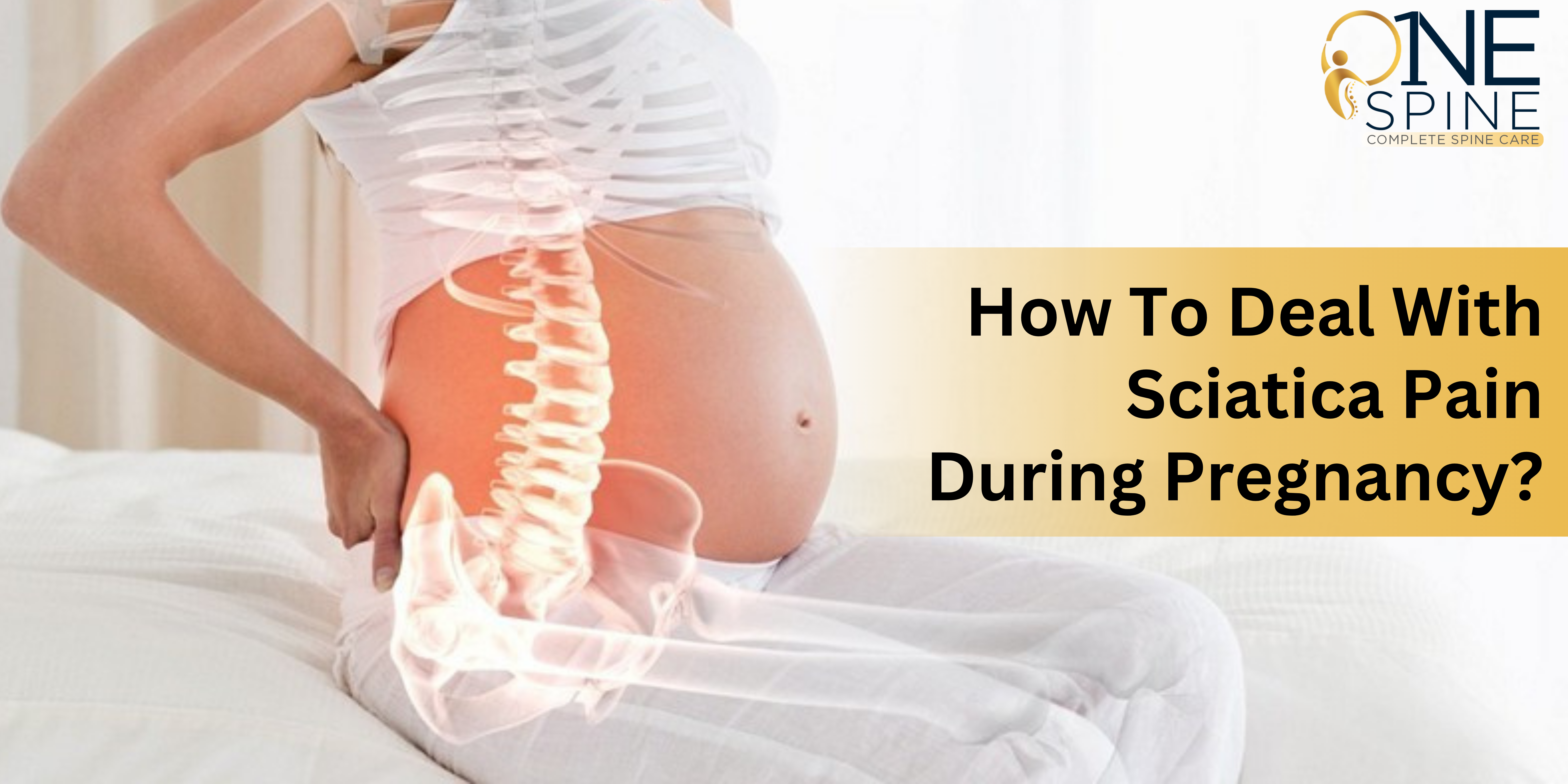Understanding Herniated Disc: Causes, Symptoms, and Treatment
The spine provides major structural support to our bodies and is a key component of the complex network of muscles and joints. However, certain diseases can still impair this complex system, with herniated disc being a prominent example. Seeking timely and appropriate herniated disc treatment is crucial to manage symptoms and preventing long-term complications. A herniated disc develops when the delicate, jelly-like core of a spinal disc ruptures via a rip in its outer covering, crushing the surrounding nerves. This can induce a wide range of symptoms, from localized pain to diffuse discomfort along affected nerve pathways.
Herniated discs can have a significant influence on a person’s quality of life, as they are typically painful and uncomfortable. To ensure effective therapy and comfort, it is critical to grasp all factors of this spinal illness.
Let’s explore the causes, symptoms, and the effective herniated disc treatment options.

Also read: 4 ways to ease your back pain at home
Here are some key areas to focus on:
1.Major Causes of Herniated Disc
Starting the process of understanding the complicated network of herniated discs requires looking completely into the various factors that contribute to this extremely painful condition. A herniated disc, also known as a slipped disc, occurs when a spinal disc’s fragile inner core extends through the thick outer shell. Natural aging causes the discs to gradually lose water content, reducing flexibility and making them prone to tear or rupture. This is one of the primary causes of the condition. Inappropriate lifting techniques or severe lifting can also produce repetitive stress on the spine, resulting in the formation of herniated discs.
Genetics is a major factor that causes people to rupture discs in addition to physical strain. A genetic predisposition toward weaker spinal discs may increase the risk of disc problems. Moreover, a number of lifestyle decisions, such being obese or leading a sedentary lifestyle, can put excessive strain on the spine and increase the risk of disc herniation.
It’s important to remember that the interaction of these elements frequently adds to the complex web of causes associated with herniated disc. For those looking to properly prevent or manage this ailment, it is important that they understand these factors. Understanding the causes of herniated disc helps people make decisions about their spinal health and paves the way for all-encompassing herniated disc treatment plans.
2.Major Symptoms of Herniated Disc
Identifying the signs of a herniated disc is essential for early diagnosis and treatment. Here are some major symptoms of herniated disc.
a) Sciatica:
One of the most typical symptoms is radiating pain that spreads along the damaged nerve pathway. Sciatica is the term for this discomfort, which typically originates in the lower back and may spread down the leg. Herniated disc sufferers may also feel tingling or numbness in the affected location, which adds to their overall weakness.
b) Muscle weakness and balance issues:
Problems with balance and coordination might also show up and interfere with day-to-day activities. Knowing the obvious symptoms of a herniated disc will help you seek prompt medical assistance while you investigate possible causes for persistent back pain.
c) Discomfort while doing regular activities:
Certain actions, such as sitting or standing, can make people feel more uncomfortable. Coughing or sneezing can worsen the pain and highlight how sensitive the afflicted nerves are.
d) Reflexes become slow:
Individuals’ reflexes may also change, such as becoming less receptive or altering reflex reactions. Because a herniated disc might affect these internal systems, it’s important to monitor any changes in how your bladder or intestines work.
When patients are aware of these specific symptoms, they can better convey their concerns to medical providers, receive an accurate diagnosis, and receive tailored treatment for herniated discs.
3.Herniated Disc Treatments
Pain relief, reducing inflammation, and promoting healing are the main objectives of herniated disc treatment. Nonsurgical techniques are frequently used as a first line of defense. Exercises that strengthen the core, increase flexibility, and support spinal alignment are the main focus of physical therapy. Spinal injections are one type of pain treatment that can effectively relieve regional pain. NSAIDs, or nonsteroidal anti-inflammatory medicines, are a useful tool for temporarily relieving inflammation. Acupuncture and chiropractic adjustments are becoming more well-known among those looking for alternative therapies because of their capacity to treat the symptoms of herniated discs.
When conservative treatments fail to provide adequate results, surgery may be considered. Laminectomy and microdiscectomy are two common surgical methods that involve removing either the entire damaged disc or a portion of it. These operations aim to alleviate pain and restore function by relieving pressure on the spinal nerves. While surgery should only be considered after consulting with a medical professional, recovery times and postoperative discomfort have been considerably reduced due to advances in minimally invasive treatments.
There’s only one place to go for individuals seeking expert care for treating herniated discs: Mumbai’s One Spine Clinic. This clinic offers thorough and customized treatment regimens and has a team of skilled physicians and cutting-edge facilities. The skilled Doctors put the health of their patients first, making sure that each person gets care that is customized to meet their unique needs. Your quality of life shouldn’t be compromised by a herniated disc; instead, put your trust in the knowledge of the famous One Spine clinic in Mumbai or visit onespine.co.in for efficient and kind care.



